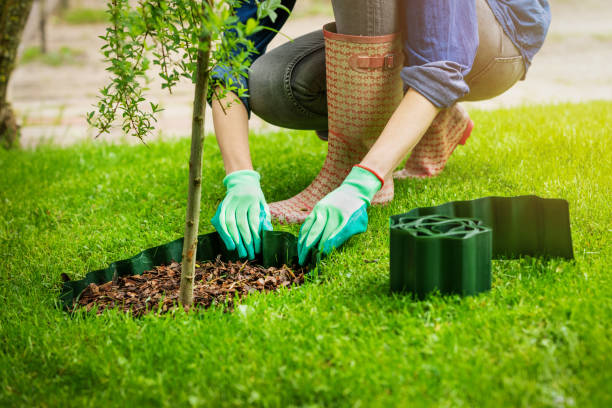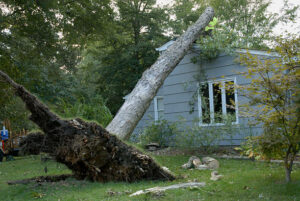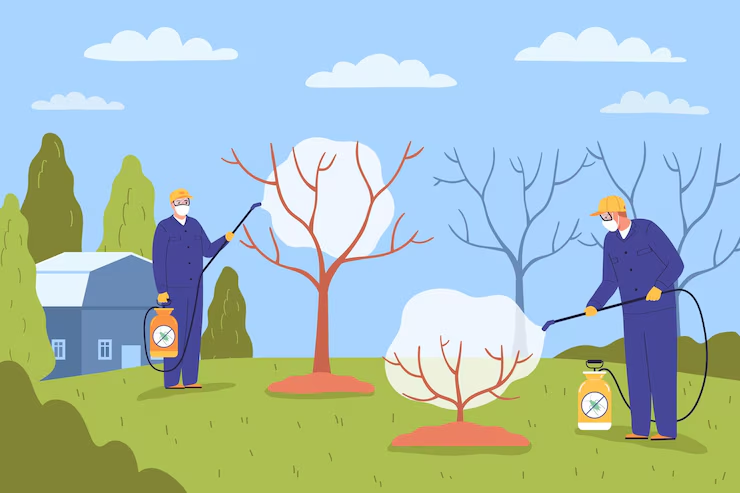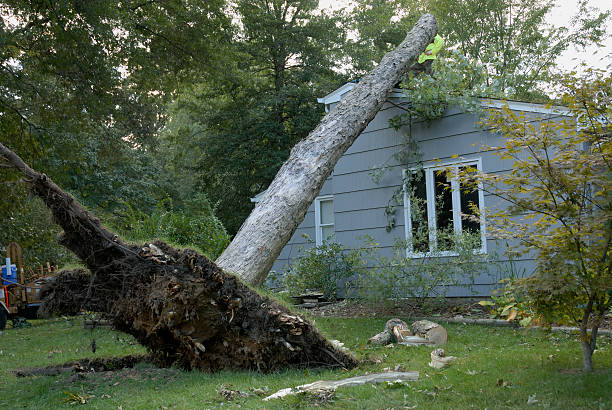Branching Out: Expert Tree Care Tips to Elevate Your Landscape
I know you worry about keeping your trees healthy and your garden looking its best.
I get it – a thriving landscape starts with trees that get the care they deserve.
In this guide, I share simple, actionable tips on tree care that can boost your curb appeal, help cut energy costs, and create a greener, healthier yard.
I’ve been there, and I understand the struggles of knowing which tree care tip to trust.
Let’s break down some straightforward ideas that make tree care feel less overwhelming and more like chatting over a coffee with a friend.
1. Prioritise Routine Maintenance
I always say that good tree care starts with a regular check-up.
Your trees need steady attention to ward off pests, diseases, and any structural issues.
Routine maintenance is the backbone of a healthy yard.
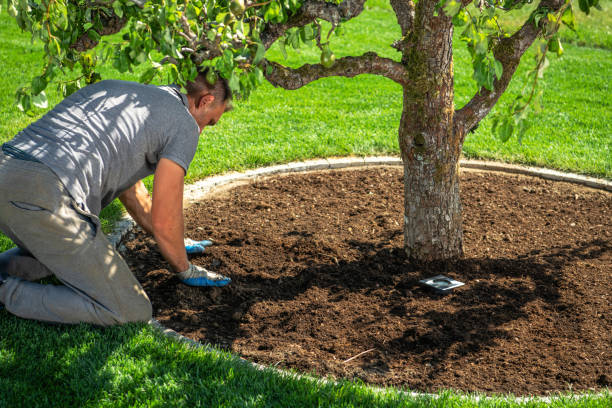
- Inspect and Prune Regularly
I like to set a calendar reminder for seasonal inspections.
Check for dead, diseased, or overcrowded branches.
Regular pruning keeps the tree strong and allows light and air to reach every part.
This simple habit stops hazards before they start.
(For more on pruning techniques, check out Tree Trimming and Pruning on our site.) - Clean the Area Around Your Trees
Keeping the base free of debris helps you spot early signs of problems.
This also means fewer pests calling your garden home.
I always sweep around my trees after a windy day. - Monitor Soil and Mulch
Healthy soil is the foundation for every tree.
Use organic mulch to keep the soil moist and reduce weeds.
(Learn more about Stump Grinding and soil care on our website.)
2. Master the Art of Pruning
Pruning is both a science and an art, and I find it key to keeping trees looking their best.
I want my trees to breathe and grow strong, so knowing when and how to prune is a game-changer.
- Timing Is Everything
I prune my trees when they are dormant to avoid stress.
For some species, a mid-season trim might work better, so a quick chat with an arborist can help. - Use the Right Tools
I always choose bypass pruners for live branches and loppers for thicker limbs.
Clean, sharp cuts are the secret to a neat look and better healing.
(Check our Tree Cutting Services page for more expert advice.) - Break It Down into Steps
- Remove dead or damaged branches first.
- Then shape the tree for even growth.
- Finally, step back and see if it looks balanced.
I find that using bullet lists for each step keeps the process simple. 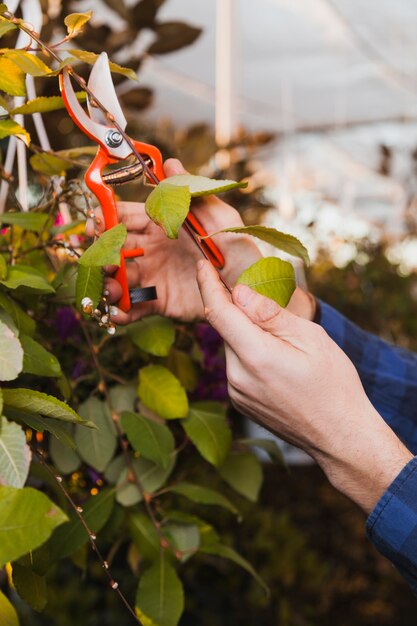
- Anecdote Time
I once let a few overgrown branches go too long, and after a heavy storm, I realised how much better things would have been if I’d pruned earlier.
Now, I always keep a regular trimming schedule to avoid any surprises.
3. Ensure Adequate Watering and Nutrition
I’ve learned that proper watering and nutrition go hand in hand with tree care.
If your trees are thirsty or lacking nutrients, they won’t perform at their best.
- Water Deeply and Consistently
Newly planted trees need daily watering until they settle in.
For older trees, I water deeply during dry spells to keep the roots healthy.
I recommend using a reservoir stand that holds enough water – roughly one quart per inch of trunk diameter.
(Need more tips on tree watering? See our Emergency Tree Services page for quick advice during dry spells.) - Feed Your Trees
I prefer slow-release fertilisers made for trees.
It’s a good idea to get your soil tested every now and then.
This ensures your trees are getting exactly what they need without any guesswork. - Simple Steps for Better Nutrition
- Test the soil.
- Choose the right fertiliser.
- Water thoroughly after feeding. I stick to these basics and my trees always seem to thank me with vibrant growth.
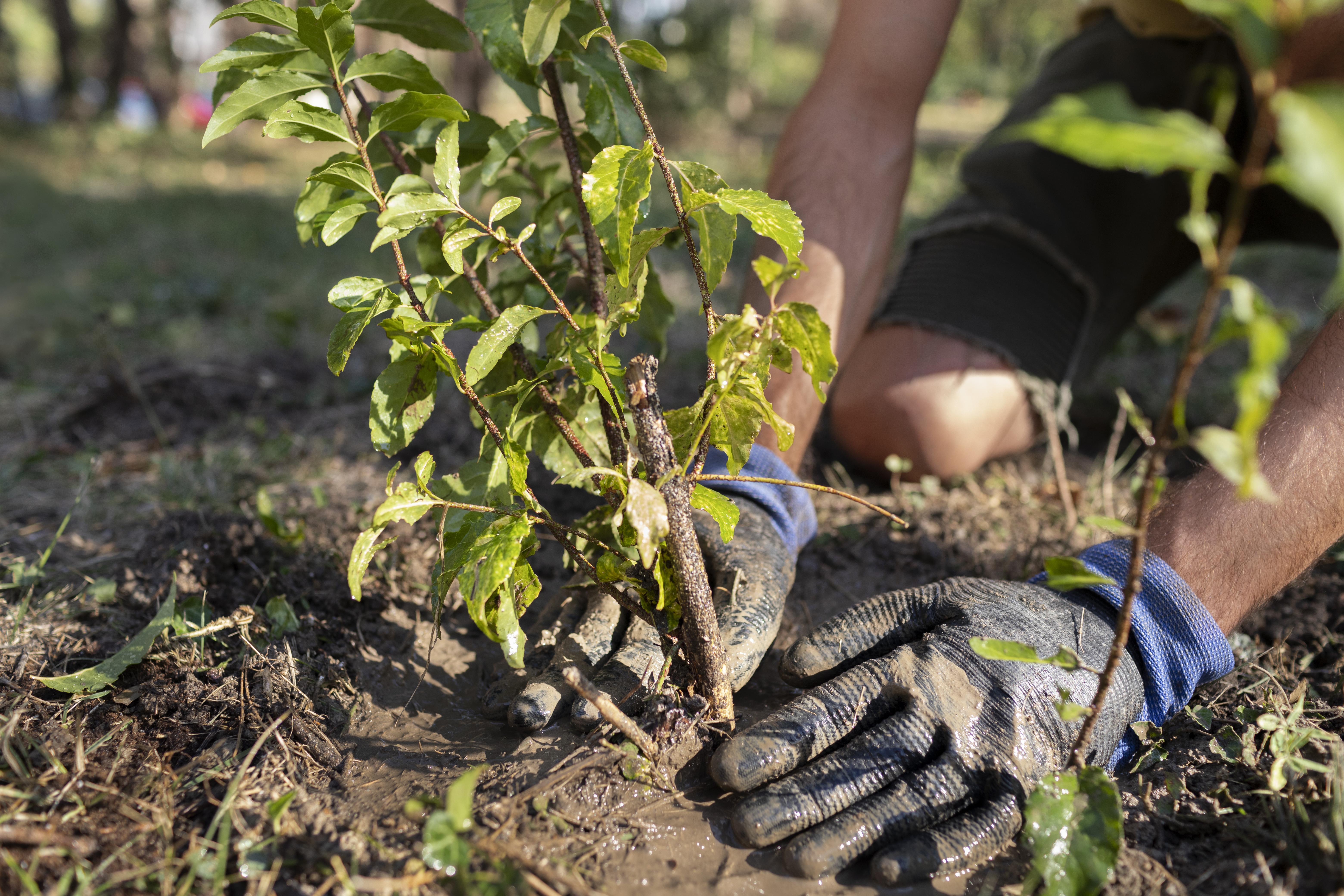
4. Protect Against Pests and Disease
I know it’s upsetting to see your beautiful trees attacked by pests or disease.
I always keep an eye out for any signs of trouble and tackle issues early.
- Spot Early Signs
Look out for discolouration, wilting, or strange growth on leaves.
These are often the first hints that pests or disease are on the move. - Integrated Pest Management (IPM)
I like combining different methods to keep pests at bay.
For example, I use natural remedies, introduce beneficial insects, and, if necessary, use chemical treatments sparingly.
This balanced approach is kind to your trees and the environment.
(For more on how to manage tree health, see Our Services.) - Preventative Measures
- Always clean your pruning tools.
- Remove any infested branches immediately.
- Keep a healthy distance between trees to reduce pest spread.
I find these steps really help in keeping my garden pest-free.
5. Elevate Your Landscape with Strategic Tree Selection
Choosing the right tree for the right spot makes a huge difference in your yard’s look and function.
I always consider local conditions when selecting trees.
- Match Species to Your Environment
I consider factors like soil type, sunlight, and water availability.
Using native species often means less fuss with maintenance.
(Find more about tree selection on Tree Removal Services in Keller – Everything You Need to Know.) - Plan for Future Growth
Think about where a tree will be when it’s mature.
I always check that it won’t interfere with my house or utility lines.
Mature trees boost property value and provide natural shade, which cuts energy costs.
(For ideas on managing growth, visit Tree Removal Services in Fort Worth.) - Consider the Aesthetics
A well-placed tree can serve as a focal point in your yard.
It creates a natural canopy that enhances the look of your property.
I’ve seen how a thoughtfully chosen tree can completely transform a space. - Real-World Example
I once planted a native oak in a spot with perfect sunlight and water – it now stands as the crown jewel of my garden, saving on cooling costs in summer.
6. Partner with Certified Arborists
Even if you’re a DIY fan, I always recommend getting a certified arborist involved once in a while.
Their expertise makes a world of difference.
- Detailed Assessments
A certified arborist can perform a tree risk assessment to spot hazards before they become issues.
This professional check-up saves you from unexpected surprises.
(Curious about professional advice? Visit About Us on our site.) - Tailored Recommendations
Whether it’s precise pruning schedules or advanced watering techniques, an arborist gives you the best guidance.
I always value their insights to optimise my tree care routine. - Regular Consultation
I set up periodic visits from an arborist to keep my trees in top shape.
This collaboration means my yard stays safe, healthy, and beautiful.
(For more details, check Contact Us.)
7. Embrace Sustainable Practices
I believe that caring for your trees also means looking after the planet.
Sustainable practices are key to a greener, more efficient landscape.
- Reduce Your Carbon Footprint
Healthy trees absorb carbon dioxide and lower urban temperatures.
I see them as natural air conditioners that help save energy.
(Find more on sustainability at the US Forest Service – Trees and Arbor Day Foundation – Tree Guide.) - Support Local Ecosystems
A diverse urban forest attracts wildlife and supports a balanced environment.
I enjoy watching birds and other critters making a home in my garden.
(Learn about local wildlife benefits at the National Wildlife Federation – Guide to Trees.) - Use Eco-Friendly Products
I choose sustainable fertilisers and organic pest controls.
This keeps my garden healthy without harming the environment. - Recycle and Reuse
When a tree needs to be removed, consider repurposing the wood.
I sometimes use reclaimed wood for small DIY projects around the house. 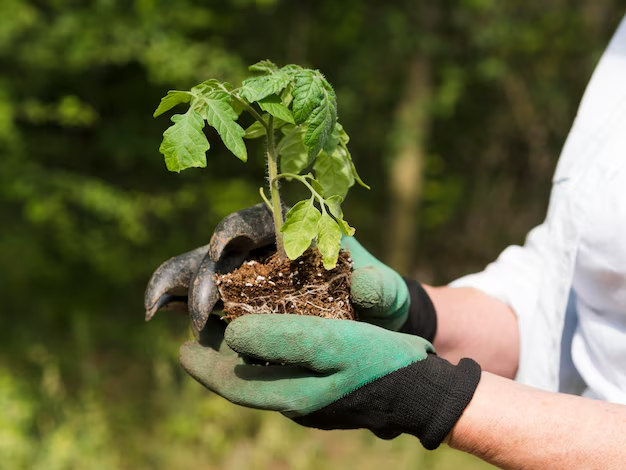
8. Additional Tips for Elevating Your Landscape
I always find that little extra steps can make a big difference in how my trees and garden feel.
- Seasonal Tree Care
Adjust your tree care routine based on the season.- In spring, focus on pruning and fertilising.
- In summer, water deeply and watch for pests.
- In autumn, prepare your trees for winter by trimming dead branches.
- In winter, protect young trees from frost and check your watering schedule. (For more seasonal ideas, check Our Projects.)
- DIY Projects and Inspiration
I sometimes watch project videos for fresh ideas.
They inspire me to try new methods or creative landscaping tips.
(Head over to our Project Videos for a visual boost.) - Community Engagement
I love chatting with fellow tree enthusiasts on forums and local groups.
Sharing experiences and solutions helps everyone keep their trees healthy. - Keep Learning
There’s always something new in tree care.
Reading up on the latest techniques and trends keeps me informed.
(Check out articles on our Blogs section for the newest insights.)
9. Real Stories and Examples
I want to share a couple of real-life stories that have shaped my approach to tree care.
- My First Big Prune
I once ignored a branch that looked a little too heavy.
After a windy day, the branch fell and made a mess.
That day taught me to never put off pruning a warning sign.
Now, I always take a few minutes every season to trim away potential trouble. - Choosing the Right Species
I planted a native oak that thrived with minimal fuss.
It soon became the shade provider for my outdoor seating area.
Watching it grow and provide natural cooling in the summer convinced me of the value of strategic tree selection. - Working with a Professional Arborist
I reached out to a certified arborist when I noticed some discoloration on my tree’s leaves.
Their assessment not only saved the tree but also helped me adjust my care routine.
Now, I plan regular consultations, which keeps my garden vibrant and safe.
10. Bringing It All Together
I believe that tree care is an ongoing journey.
From routine maintenance to strategic pruning and smart species selection, every step counts.
The tips I’ve shared here have helped me create a landscape that I’m proud of.
They also help cut energy costs, boost curb appeal, and ensure long-term tree health.
I’ve found that partnering with experts, embracing sustainable practices, and keeping up with seasonal changes all make a real difference.
Your trees can be a true highlight of your property if you give them the care they need.
If you have any doubts or need extra help, I encourage you to reach out to a certified arborist.
Their expertise will ensure you get the best care possible for your trees and your landscape.
And remember, every little bit of care counts toward a greener, more vibrant future.
Internal Links to Explore More
- Tree Removal Services in Arlington
- Tree Removal Services in Keller
- Tree Removal Services in Fort Worth
- Tree Removal Services in Grand Prairie
- Tree Removal Services in Dallas
- Tree Removal Services in Trophy Club
- Tree Removal Services in Frisco
- Tree Trimming and Pruning
- Our Services
- Contact Us
External Resources for More Insights
- Arbor Day Foundation – Tree Guide
- US Forest Service – Trees
- The Morton Arboretum – Trees and Plants
- National Wildlife Federation – Guide to Trees
- Trees and Shrubs Online
- GlobalTreeSearch – Botanic Gardens Conservation International
- My Tree Map™
- Wikipedia – Tree
Frequently Asked Questions (FAQs)
Q1: How often should I inspect my trees for maintenance?
I suggest checking your trees every season, particularly in the early morning when the leaves are still wet from dew.
This helps you spot any dead or diseased branches quickly.
Q2: When is the best time to prune my trees?
For most trees, the dormant season is ideal.
Some species might benefit from a mid-season trim, so a quick chat with a certified arborist is always helpful.
Q3: What tools do I really need for basic tree care?
A good pair of bypass pruners and loppers are essential.
For thicker branches, a pruning saw or even a pole pruner can be useful.
Always ensure your tools are sharp and clean to avoid harming the tree.
Q4: How do I know if my tree needs extra water or fertiliser?
Look for signs like dry, brittle leaves or slow growth.
I recommend testing your soil every year and adjusting your watering schedule based on weather conditions.
Q5: How can I protect my trees from pests without using harmful chemicals?
Integrated Pest Management (IPM) is a balanced approach.
Start by monitoring for early signs of pest damage and consider natural remedies or introducing beneficial insects when needed.
Q6: What should I consider when choosing a new tree species for my garden?
Consider your local soil type, climate, and available sunlight.
Choosing a species that is native to your area often reduces maintenance and helps the tree thrive over time.
Q7: Can professional arborists really make a difference in my tree care routine?
Yes, working with a certified arborist brings expert assessments and tailored recommendations that save you time and improve the health of your trees.
Q8: How do sustainable practices help my landscape in the long run?
Using sustainable practices reduces your carbon footprint and supports local ecosystems.
Healthy trees also help lower energy costs and improve the overall quality of your yard.
Q9: What are some simple DIY tree care projects I can start with?
Begin with regular pruning, setting up a proper watering schedule, and cleaning up around the base of your trees.
These small steps can lead to noticeable improvements in your landscape’s health and appearance.
Q10: Where can I find more expert tips on tree care?
I recommend checking our Blogs section and our project videos for regular updates and expert insights.
I hope these expert tree care tips help you transform your garden into a vibrant, sustainable space.
Remember, consistent care and a little extra help from a certified arborist can make all the difference.
Start putting these ideas into practice today and watch your landscape – and your trees – branch out into their fullest potential.
Enjoy your greener, healthier yard and feel free to reach out if you have any questions!
Branching Out: Expert Tree Care Tips to Elevate Your Landscape is your go-to guide for practical, down-to-earth tree care advice that boosts property value, saves energy, and creates an inviting outdoor space.

